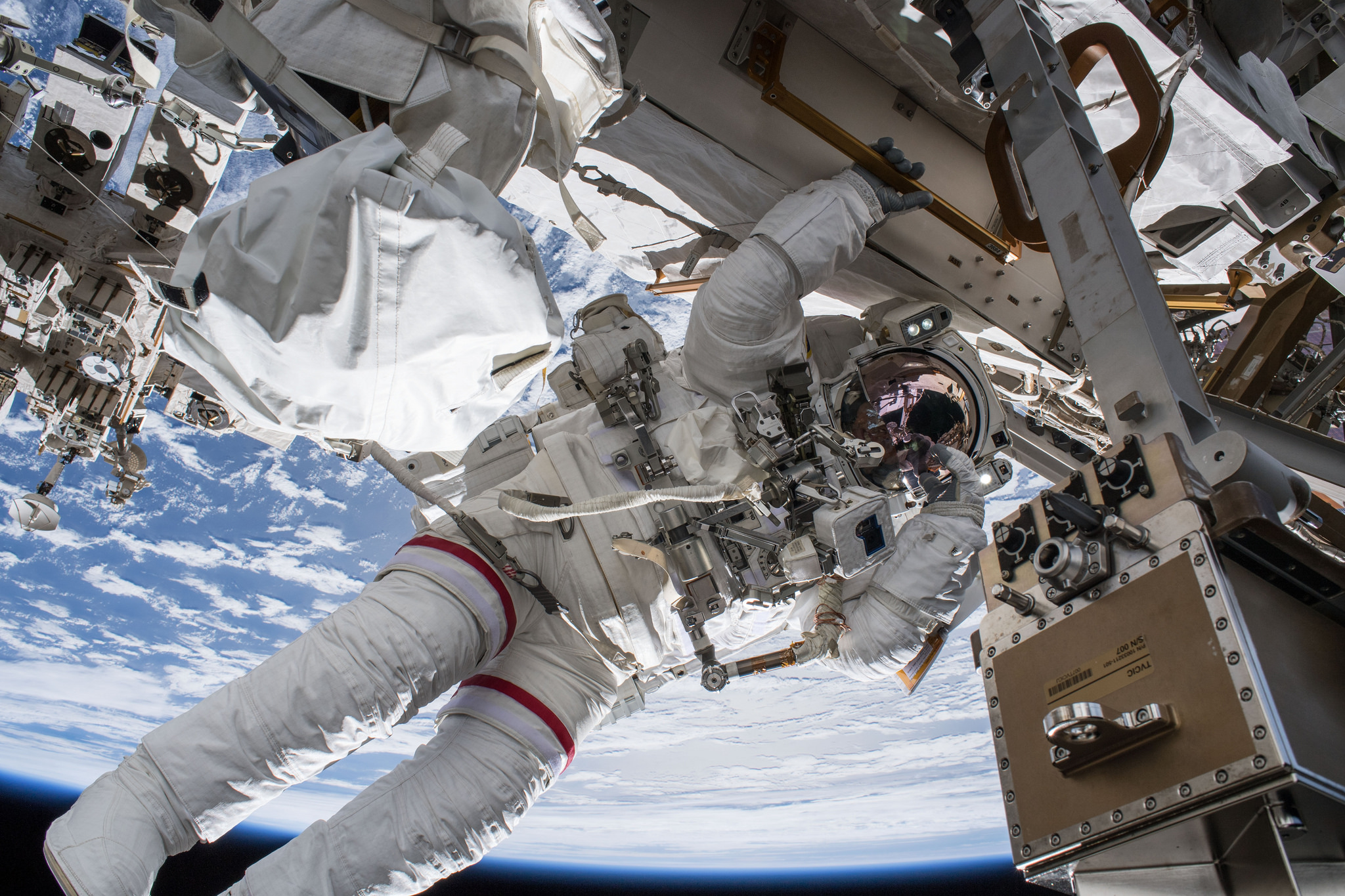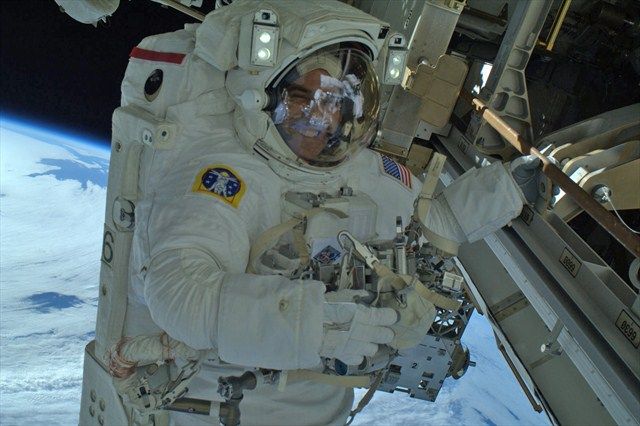

#A day in space station free
“I can’t imagine doing a long-duration mission without that connection to the planet,” says Wheelock. /videos/searchqa+day+in+space+station&qpvta+day+in+space+station&FORMVDREĚ day in space: Here’s what an astronaut’s daily routine looks like Even astronauts’ free time is scheduled Astronaut Jeffrey N. According to the European Space Agency, a day on the ISS is based around what the astronauts bodies want, not any rising or setting of the sun (considering those on board experience over a dozen sunrises every 24 hours, trying to base their lives around that marker would be chaos). This high level of communication allows them to feel grounded with Earth, something that might be difficult on future missions to Mars when timing delays will make talking to Earth difficult. The seven Expedition 69 crew members enjoyed an off-duty day on Monday aboard the International Space Station. That really became part of my connection back to the planet.”Īstronauts can also phone and email home, and even use the internet-most have active Twitter accounts and tweet from space. Astronaut Frank Rubio works in the Microgravity Science Glovebox swapping graphene aerogel samples for a space manufacturing study. “That started a trend for me where I made thousands of contacts across the world. “It was like alphabet soup coming up at me,” he says. Astronauts can broadcast on an FM channel using a handset on the station, which can then be picked up by listeners on the ground–a popular pastime for crew on the ISS–and Wheelock vividly remembers his first time using it. Wheelock says he enjoyed using an amateur radio on the station as well, called a Ham radio, to communicate with people on Earth. Axiom Space operates at the forefront of commercial innovation in low-Earth orbit with strategic partnerships to perform commercial missions to the ISS today. The crew was given a jam-packed list of tasks to complete every day with little free time to relax. “They were able to accomplish more than was anticipated.”īut on the third and final Skylab mission, Skylab 4 in November 1973 with Gerald Carr, Ed Gibson, and Bill Pogue, things didn’t go so smoothly. On the second mission, Skylab 3 in July 1973, the astronauts overperformed in their two months on the station, achieving “150 percent of their mission requirements,” says Hitt, also the author of Homesteading Space: The Skylab Story. With that fresh design also came a renewed look at how astronauts spent their time in space. Gibson floats into the workshop on Skylab. He did so with a few principles in mind: eight hours of daily solitude, meals facing each other, and smooth partitions.Įdward G. The seven Expedition 69 crew members enjoyed an off-duty day on Monday aboard the International Space Station. research space onboard the ISS had been reserved for mostly government initiatives, but new opportunities for commercial and academic use of the ISS are now available, facilitated by the ISS National Lab.NASA went so far as to bring in an interior designer, the French-born American Raymond Loewy, famed for his design of the Coca-Cola bottle among other work, to design Skylab. The first rudimentary station was created in 1969 by the linking of two Russian Soyuz vehicles in space, followed by other stations and developments in space technology until construction began on the ISS in 1998, aided by the first reusable spacecraft ever developed: the American shuttles. As the Space Age began in the 1950s, designs of “space planes” and stations dominated popular media. The idea of a space station was once science fiction, existing only in the imagination until it became clear in the 1940s that construction of such a structure might be attainable by our nation. It is about four times as large as the Russian space station Mir and five times as large as the U.S. The space station is approximately the size of a football field: a 460-ton, permanently crewed platform orbiting 250 miles above Earth.

It is the result of unprecedented scientific and engineering collaboration among five space agencies representing 15 countries. Just as the oceans opened up a new world for clipper ships and Yankee traders, space holds enormous potential for commerce today. The International Space Station (ISS) took 10 years and more than 30 missions to assemble.


 0 kommentar(er)
0 kommentar(er)
